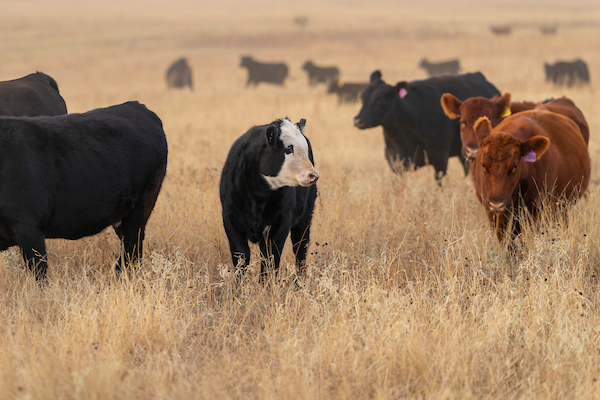Yellow butterfly vine named Texas Superstar
COLLEGE STATION – Yellow butterfly vine, also known as yellow orchid vine, a perennial, twining evergreen vine, has been named a Texas Superstar selection for its low maintenance requirements and beauty.

Texas Superstar is a registered trademark owned by Texas A&M AgriLife Research, a state agency that is part of the Texas A&M University System. Plants are designated Texas Superstars by the Texas Superstar executive board, made up of nine horticulturalists from AgriLife Research, Texas A&M AgriLife Extension Service and Texas Tech University.
To be designated a Texas Superstar, a plant must not only be beautiful but perform well for consumers and growers throughout the state. Texas Superstars must be easy to propagate, which should ensure the plants are not only widely available but also reasonably priced, said David Rodriguez, AgriLife Extension horticulturist, Bexar County.
Rodriguez said the clusters of dainty flowers on butterfly vine are a brilliant yellow in the summer sun. But it’s the seed pods that give the plant its most common name.
“Yellow butterfly vine is a great, well-adapted variety that is low maintenance when it comes to pests, diseases and drought tolerance,” he said. “It also has a wonderful aesthetic quality we’ve come to expect from our Texas Superstar selections.”
During summer and fall, the seed pods open like chartreuse “wings” that look like butterflies, he said. The papery pods turn tan to brown as they mature.
“A lot of people use the pods for arts and crafts,” Rodriguez said. “They paint them and use them as ornaments, so there is some value added in that regard.”
CHARACTERISTICS & CARE
The vine will retain its glossy green foliage in mild winters, he said. Plants can be pruned and trained coming out of winter, but cold winters can nip the plants back.
Rodriguez said the plant will climb fences, trellises, and arbors or can spill over walls and out of large containers. Yellow butterfly typically grows 10-15 feet in height and spread.
“Yellow butterfly doesn’t cling,” he said. “But it’s very fast growing and somewhat aggressive, so any support like a chain-link fence or lattice is ideal for this variety. Well-established plants can be trained or cut back as desired.”
Butterfly vine is drought tolerant and thrives in hot, sunny locations, Rodriguez said. It is highly resistant to both insects and disease.
Rodriguez said yellow butterfly performs well in direct, hot sun and requires a minimum of six hours of sunlight.
Butterfly vine is adapted to any well-drained soil, including both acidic and alkaline. It can be planted in spring and summer from container plants.
Rodriguez said application of any slow-release 3-1-2 fertilizer used for spring turfgrass as the plant begins to grow in the spring improves growth and flowering. He recommends a cup for every 3-5 feet of height for established landscape plants in spring, summer and early fall.
In colder areas of the state, butterfly vine can be grown as an herbaceous perennial where the ground doesn’t freeze or as a tropical annual container plant. Rodriguez recommends a minimum 20-inch container and some sort of support if not planted in landscapes.
“It’s very low maintenance as a landscape plant and may need a little more attention as a container plant, but it is beautiful on patios,” he said. “Yellow butterfly is just a beautiful, low-maintenance variety that is well-suited for many uses as an ornamental plant.”





